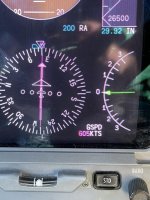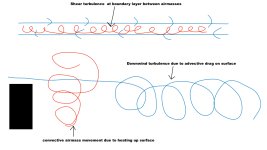Correct me if I'm wrong, but don't aircraft have to alter the positions of their control surfaces to counter the effect of wind from the side, below, or above?
Only in relation to the ground to hold a constant heading or position. Otherwise the aircraft does not feel the wind.
Great explanation in this book:
https://www.kevinkoperski.com/post/stick-rudder/


